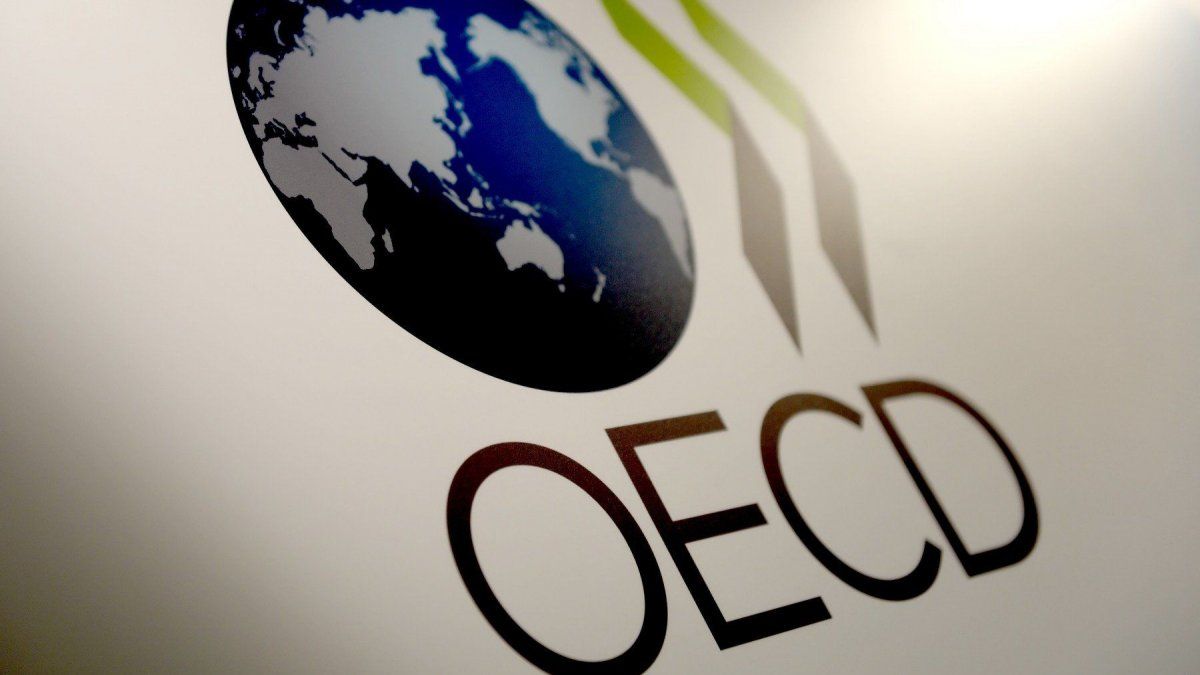Uruguay must maintain “a strict monetary stance”, according to the results of the 2023 annual evaluation of the International Monetary Fund, with the aim of continuing to reduce inflationary pressures in the country’s economy. However, this request clashes with the recent decisions of the Central Bank of Uruguay (BCU) in order to act on the exchange rate delay, so the entity faces a decision: control inflation or strengthen competitiveness?
The executive board of the entity led by Kristalina Georgieva concluded its annual evaluation of the Uruguayan economy and shared the main considerations through a press release. The news was not too much -the main points had already been advanced in previous partial evaluations, especially the slowdown that the growth of the country’s Gross Domestic Product (GDP) will have, which will reach only 2%-, but the praise was well received. received in order to continue building the confidence of international investors.
However, and beyond the insistence on maintaining fiscal soundness and controlling the level of debt that the country has -already warned by the international organization-, one point may cause concern in the government: the request to maintain a strict monetary policy to control inflation. That is, sustain the contractive policy that characterized the actions of the BCU regarding interest rates during 2022 and early 2023, also highlighted by the IMF.
This, at first glance, does not seem to be a negative in itself. But if it is located in the particular Uruguayan situation, it fully meets the demand of the industrial and exporting sectors, which ask for the lowering of rates in order to try to strengthen a dollar that has not been able to rebound and that drags down the competitiveness of the country in the foreign market.
Likewise, the executive board of the Fund indicated that foreign exchange interventions should only be limited to responding to disorderly market conditions. Something different from what the Monetary Policy Committee (Copom) did in April, when it decided to lower the Monetary Policy Rate (TPM) to try to recover the price of the dollar, leaving aside the attempts to adjust inflation to the target range .
As follows?
The IMF’s suggestion seems to put an end to the little spring of the export sector which, ultimately, was not such either. The truth is that the drop in interest rates slightly boosted the value of the US currency, but the improvements in Uruguay’s credit rating -first by Standard & Poor’s (S&P) and then, still too recent to assess their real impact, Moody’s- relativized this appreciation due to the strengthening of the peso that tended towards the stability of the pair.
However, the Fund seems to limit the future actions of the BCU in terms of monetary policy, after having projected a drop in the interest rate to 8% by the end of 2024. This, at least, until price pressures and inflationary expectations converge in the target ranges. That is, until inflation drops below 6%.
If you look at the latest BCU Monetary Policy Report (IPoM), this should happen throughout 2024, particularly in the second quarter. Although the financial markets consider that in 2025 inflation will continue to be closer to 8%, with an expectation of the interannual index at 7.83%, according to the report “Assessment of prices and inflation expected by agents” from the same Central Bank.
In any case, the short-term scenario does not present such a marked dichotomy between the contractive rate policy and the strengthening of the dollar: the projections of the analysts consulted by the BCU regarding the appreciation of the US currency point to a price of 41 pesos to December, which means an annual advance of 4.9% -well below inflation and a clear real decline-; while the country’s monetary authority decided to keep the TPM frozen at 11.25% for the next month, so the drop does not seem to be, yet, the priority given any type of growth in inflationary expectations.
Therefore, it remains to be seen how both indicators -inflation and dollar- evolve, and what decision the BCU will make based on what is suggested by the IMF.
Source: Ambito




